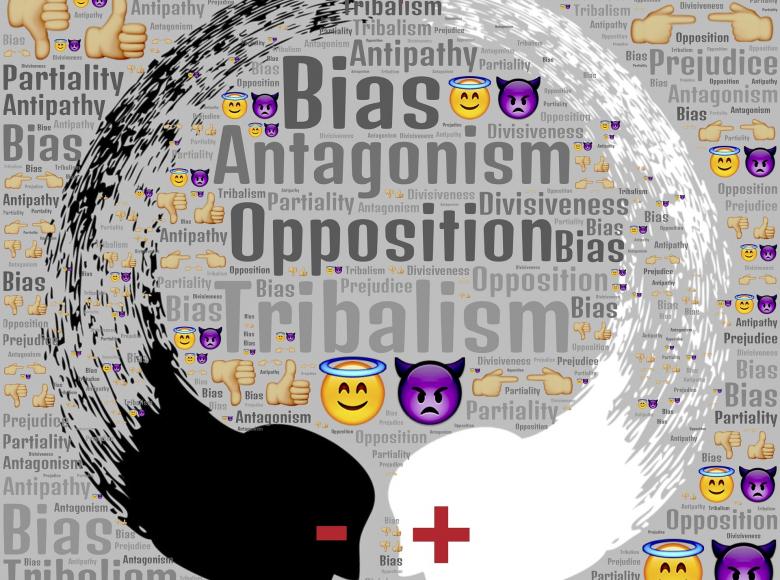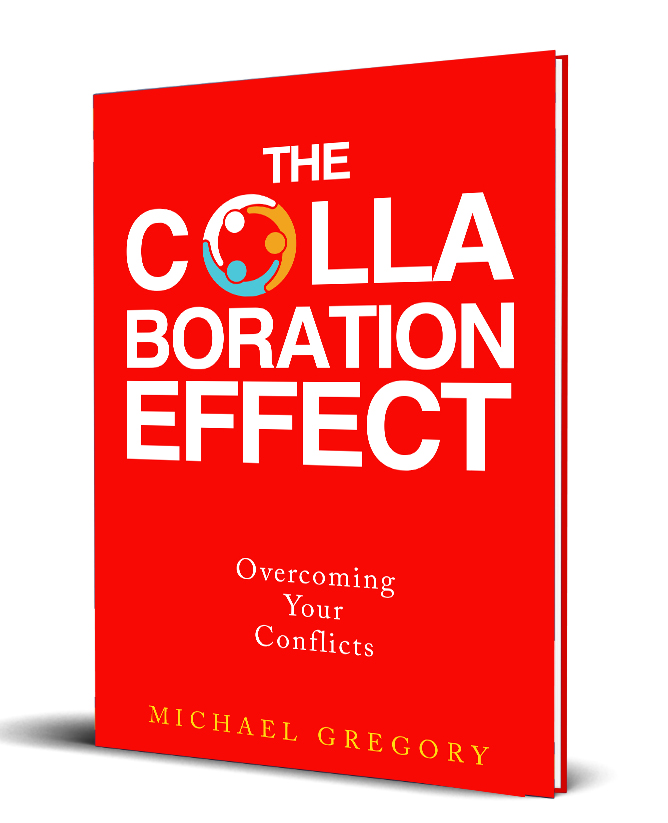
Four experts in behavioral finance conducted extensive research and wrote an article entitled, “Are Business Valuators Biased? A Psychological Perspective on the Causes of Valuation Disputes.” This article explores the insights gained from their research. In short, yes, business valuers are biased on at least three levels. When given a number from a client as to what the client thinks, that is an “anchor” bias or when knowing the client is a buyer or seller that is called engagement bias to have a lower or higher number. Cognitive bias impacts the number supplied by the business valuer. When considering whether the business valuer is biased or not 58.7% believed the other side was biased and 25.1% believed that they were biased. Your bias can hurt or harm you during a negotiation on your conclusion of value too. Using your bias can be an advantage in a negotiation sometimes too.
Background
Assumptions and limiting conditions have a lot to do with how business valuations are conducted. Different assumptions and adjustments related to cash flow, or to the riskiness of the business associated with a discount rate applied to cash flow can have a significant impact on the valuation. Judgment may need to be applied to range of variables and although there are standards, the standards allow for informed judgment given unique fact patterns in any given valuation The authors state that:
“Surprisingly, however, despite the numerous studies that have been conducted investigating the role of heuristics and biases in judgment and decision making in a wide range of (financial) contexts, the valuation domain has unfortunately (and to our knowledge) not yet been subjected to this type of research. The current research aims to fill this gap in the literature and provide the first empirical investigation into the potential influence of cognitive biases in business valuations, thereby possibly offering an explanation for the significant differences in valuation outcomes.”
Process
The authors focused on the application of the fair value standard and presented participants with a compressed valuation report. The participants were requested to provide a second opinion from another valuer. This is common in the business valuation world. There were two studies.
In the first study participants were assigned to either the buyer or the seller in a transaction and they were deliberately given a high or low anchor. This allowed for four conditions
- Buyer with low anchor
- Buyer with high anchor
- Seller with low anchor
- Seller with high anchor
In the second study the authors replicated the first study to see if the original finding could be replicated by an independent valuator rather than by a valuator who represents the other party. The purpose was to provide evidence of the robustness the study. It affirmed the original effects.
Participants
The study recruited 186 business valuation specialists from the world’s leading valuation and corporate finance firms. The group was impressive with an average age of 46, 18 years of experience, 46% had a master’s in accounting degree, 86% were enrolled or had been enrolled in specialized business valuation courses, and 66% had a master’s degree in business valuation. 94% of the participants indicated that they conduct or are involved in business valuations on a regular basis. Participants were 81% male and 19% female.
The five countries with the most participants were the USA at 31%, followed by the Netherlands at 23%, Canada at 12%, Italy at 5% and South Africa at 4%. There were 28 different nationalities represented in the sample.
Design
Participants were all given the same business case (apart from the manipulations) and summary of the corresponding valuation report. The low anchor value was EUR 4.435 million and the high anchor value was EUR 14.324 million. Participants were given a brief introduction stating the purpose of the survey and they answered questions to control for strategic control.
A series of steps were applied to make sure participants spent time going through the case and the instructions. Several questions were asked about the perceived decline of the business. Participants were asked from a 7-point Likert scale in which range they believed the company value laid. The three dependent variables were: degree of adjustment; lower bound range; and upper bound range.
“Participants were asked to indicate which elements of the valuation report they believed needed to be adjusted and to motivate their decisions regarding the adjustment of the valuation outcome. Next, participants were asked whether or not they would recommend their client to do the transaction at the value indicated in the valuation report. The final two questions regarding the case aimed to measure ‘bias blind spot’, which is the tendency to recognize and acknowledge biases affecting other people’s judgments, while failing to recognize the potential influence of biases in one’s own judgments (Pronin, Lin, and Ross 2002).”
Primary dependent variables included valuation adjustment and valuation range. Secondary dependent variables included valuation components, adjustment motivation, perceived decline, recommendation to client, and whether the valuator hired by the opposing party was biased. Control variables included gender, locus on strategic control, and maturity.
Results
"We found clear evidence for the existence of both anchoring bias and engagement bias. That is, when valuators are confronted with a valuation report and are asked to indicate in what range they believe the true value of the company lays, they use the initial value as an anchor and indicate a higher range in case of a higher anchor, and a lower range in case of a lower anchor. Also, valuators appear to be affected by their clients’ interests, such that they indicate that a valuation should be adjusted in accordance with their clients’ interests. Specifically, when they represent a buyer and therefore have an incentive to lower the value of the shares, they also indicate the valuation should be adjusted downwards more heavily and also indicate a lower value range for the true value of the company. The opposite is the case when they represented the seller."
Implications
The first step is to recognize the bias. The next step is to obtain education related to the bias. Here are ten steps on how to overcome cognitive bias. As a business valuer and a mediator between business valuers it is possible to be curious, ask questions, and help each party to look at the question as if they are not 100% right. Identify what makes you feel uncomfortable. Try to understand the issue from the other sides perspective. Be empathetic. Seek other perspectives. Seek out information that may prove you wrong and keep in mind that you may be wrong. We all like to feel that we are right. One of the keys is to step back and see if we may have simply reconfirmed our own bias in the analysis.
About the author
Mike Gregory is a professional speaker, an author, and a mediator. You may contact Mike directly at mg@mikegreg.com and at (651) 633-5311. Mike has written 12 books (and co-authored two others) including his latest book, The Collaboration Effect: Overcoming Your Conflicts, and The Servant Manager, Business Valuations and the IRS, and Peaceful Resolutions that you may find helpful. [Michael Gregory, ASA, CVA, MBA, Qualified Mediator with the Minnesota Supreme Court]

